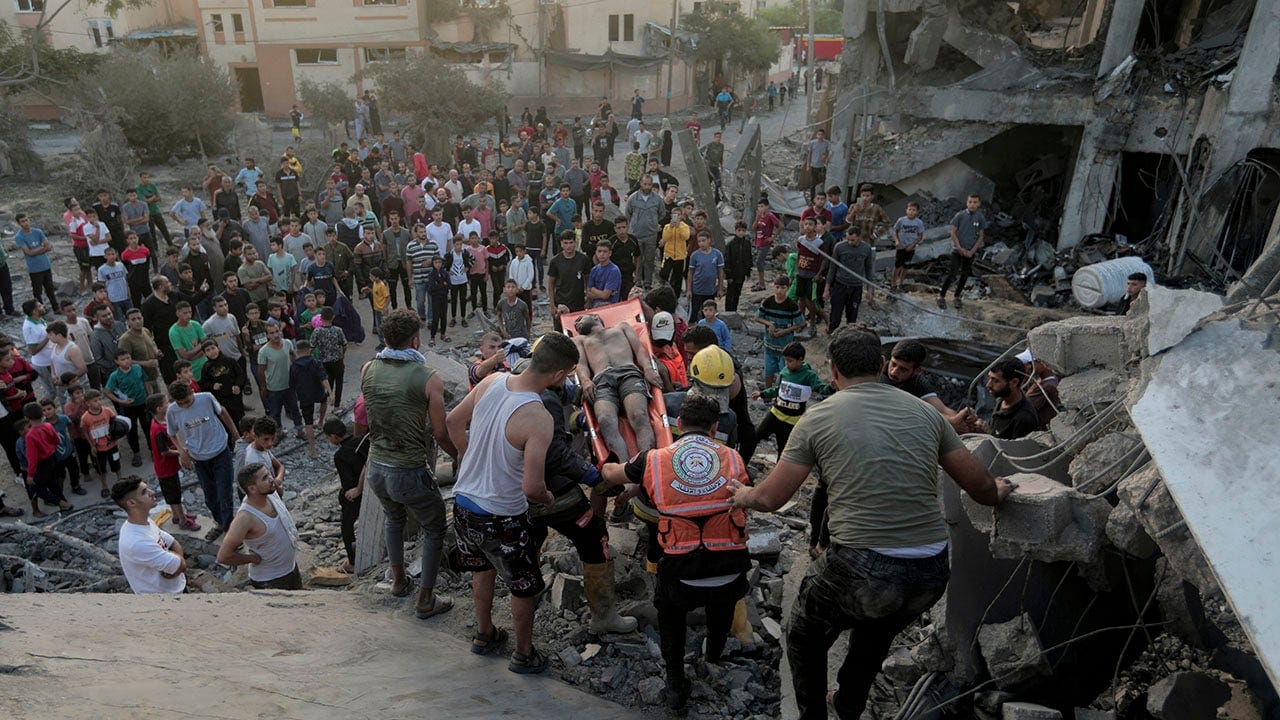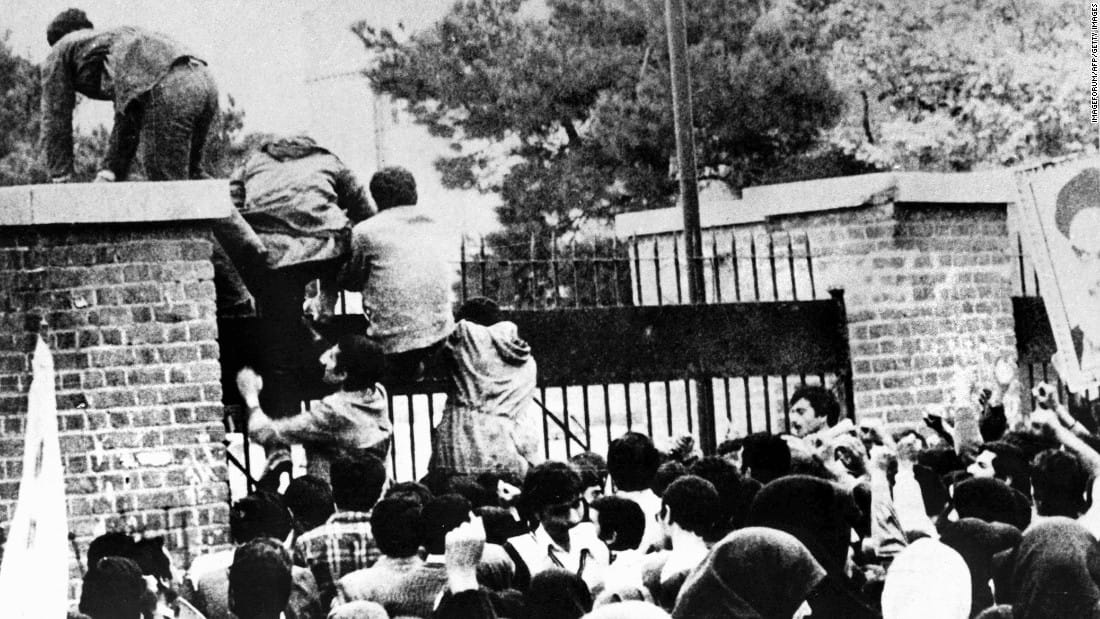North Korea has recently revealed its latest military advancement, a hypersonic missile, which it claims will serve to contain its rivals in the Pacific. This announcement underscores the ongoing tensions in the region, particularly concerning the United States and its allies, which have been closely monitoring North Korea’s military developments. The new missile is part of North Korea’s broader strategy to bolster its defense capabilities and assert its presence in the increasingly competitive geopolitical landscape of the Pacific.
The North Korean government has emphasized that the hypersonic missile is a critical component of its national defense strategy. According to state media reports, the missile is designed to evade missile defense systems, thus enhancing its potential effectiveness in a conflict scenario. The announcement comes at a time when North Korea has been focusing on improving its military technology, including the development of ballistic missiles and other advanced weaponry.
Analysts suggest that the introduction of this hypersonic missile could further escalate tensions in the region. North Korea’s missile tests have often drawn condemnation from the international community, particularly from the United States, South Korea, and Japan. These countries have expressed concerns that North Korea’s military advancements pose a direct threat to regional stability and security. In response to North Korea’s missile programs, the United States has maintained a military presence in the region and has conducted joint exercises with its allies to demonstrate its commitment to deterrence.
The development of hypersonic technology has become a focal point for many nations, as it represents a significant leap in missile capabilities. Hypersonic missiles can travel at speeds greater than Mach 5, making them extremely difficult to detect and intercept. As countries like the United States, Russia, and China invest in hypersonic research and development, North Korea’s entry into this arena raises the stakes for regional security dynamics.
In recent years, North Korea has conducted a series of missile tests, showcasing its advancements in military technology. These tests have often been met with international sanctions and diplomatic efforts aimed at curbing the country’s nuclear ambitions. However, North Korea has continued to assert its right to develop its military capabilities, framing its actions as necessary for national defense.
The announcement of the hypersonic missile also comes amidst a backdrop of stalled diplomatic negotiations between North Korea and the United States. Efforts to engage in dialogue and reach a denuclearization agreement have faced numerous setbacks, leading to heightened frustrations on both sides. North Korea’s military advancements are seen by some analysts as a means to strengthen its bargaining position in any future negotiations.
In addition to the implications for regional security, the development of the hypersonic missile could also have economic ramifications. The military-industrial complex in North Korea is a significant part of the country’s economy, and advancements in missile technology may lead to increased investment in defense-related sectors. This could further entrench the regime’s focus on military capabilities at the expense of economic development and humanitarian needs.
As North Korea continues to enhance its military capabilities, neighboring countries are likely to respond with their own defense initiatives. South Korea and Japan, in particular, may seek to bolster their missile defense systems and enhance military cooperation with the United States. The potential for an arms race in the region raises concerns about the long-term stability of the Pacific and the impact on international relations.
In conclusion, North Korea’s announcement of a new hypersonic missile reflects its ongoing commitment to advancing its military technology and asserting its position in the Pacific region. The implications of this development are far-reaching, affecting not only regional security but also the dynamics of international diplomacy. As the situation evolves, the international community will be closely monitoring North Korea’s actions and the responses of its rivals in the region.



